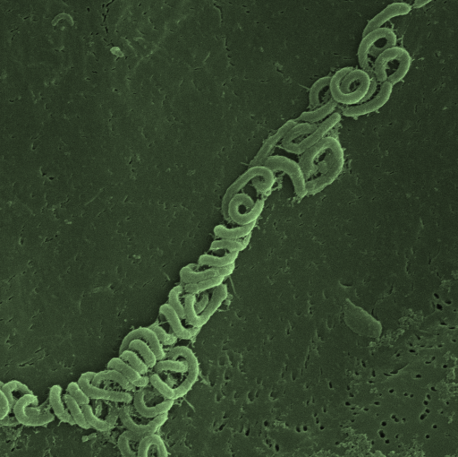- Chickens from hatcheries cannot be considered as reference, control group

- Collection of faeces for microbiota analysis is questionable for discontinuous excretion of digesta from small intestine and caecum
- Only some bacteria colonise intestinal tract permanently after a single dose administration
- Long-term colonisation after a single dose administration is dependent on ability of long-term survival in external environment – strict anaerobes colonise caecum permanently (e.g. Bacteroides), spore-forming or aero tolerant bacteria usually do not colonise intestinal tract permanently (e.g. Blautia or Lactobacillus)
There are no doubts on the importance of gut microbiota for its host. Despite this, many studies on chicken gut microbiota contain considerable limits. The biggest issue is within misunderstanding of manipulation with chickens from hatcheries. which hatched without any contact with adult individuals of Gallus gallus. Consequently, chicks are colonise only by microbiota from their environment and since the environment is always little bit different, each experiment provide data only what happened in this experiment, and these data are difficult to extrapolate to and compare with other experiments. Moreover, microbiota in intestinal tract of one week old chickens is considered as chicken specific microbiota although it is clear that this is only environmental microbiota also capable of multiplication in chicken gut. Out of such experiments, mistaken dogma on age-dependent development of gut microbiota in chicken, originate. Nothing like this exists and if chicks are provided source of correct gut microbiota, they can be populated within their first week of life. Mentioned dogma is only a consequence of hatching in hatcheries and absence of microbiota sources in such environment.
Sample collection represents next issue in studies on chicken gut microbiota. Many reports ignores physiology of chicken digestion in Gallus gallus. Most of digesta passes directly from small intestine to colon and is immediately excreted. Since transition time in chickens can be as short as 2 hours, faecal material passing from small intestine to colon is enriched for bacteria from small intestine, i.e. Lactobacilli. In addition, chickens approx. twice a day excrete caecal content which is of completely different composition. Ignoring this fact leads to mixing up of samples originating from small intestine and caecum, high variability and questionable outputs and conclusions.
Different bacterial species are used for experimental colonisation of chickens. Surprisingly, many studies do not follow the fate of bacterium used for inoculation. This is quite important since our observation repeatedly show that most of Gram positive Firmicutes do not colonise after a single dose administration. Instead, most of Bacteroidetes is possible to administer only once and these bacteria then colonise intestinal tract for a prolonged period of time. This phenomenon is a function of ability of gut anaerobes to survive outside the host. Bacteria which do not express any form of their existence resistant to aerobic environment (Bacteroidetes) colonise intestinal tract permanently. On the other hand, bacteria which can survive in the environment in a form of spore, or are aerotolerant, do not colonise permanently since during evolution they adopted to simple and continuous supply from environment. This fact, of course, has its consequences for the selection and administration of novel types of probiotics.